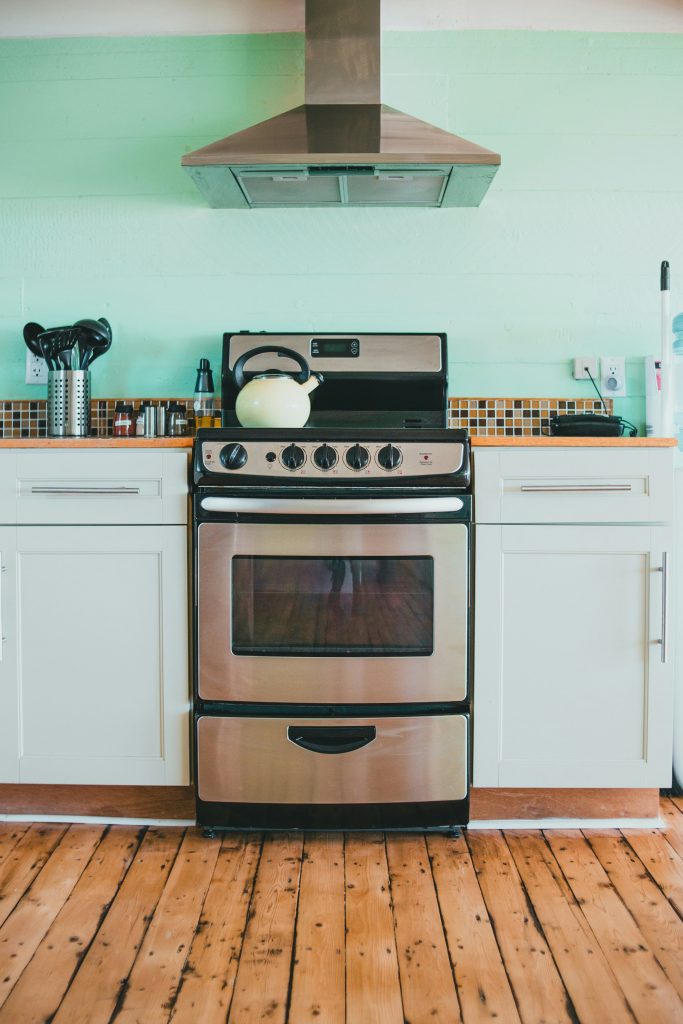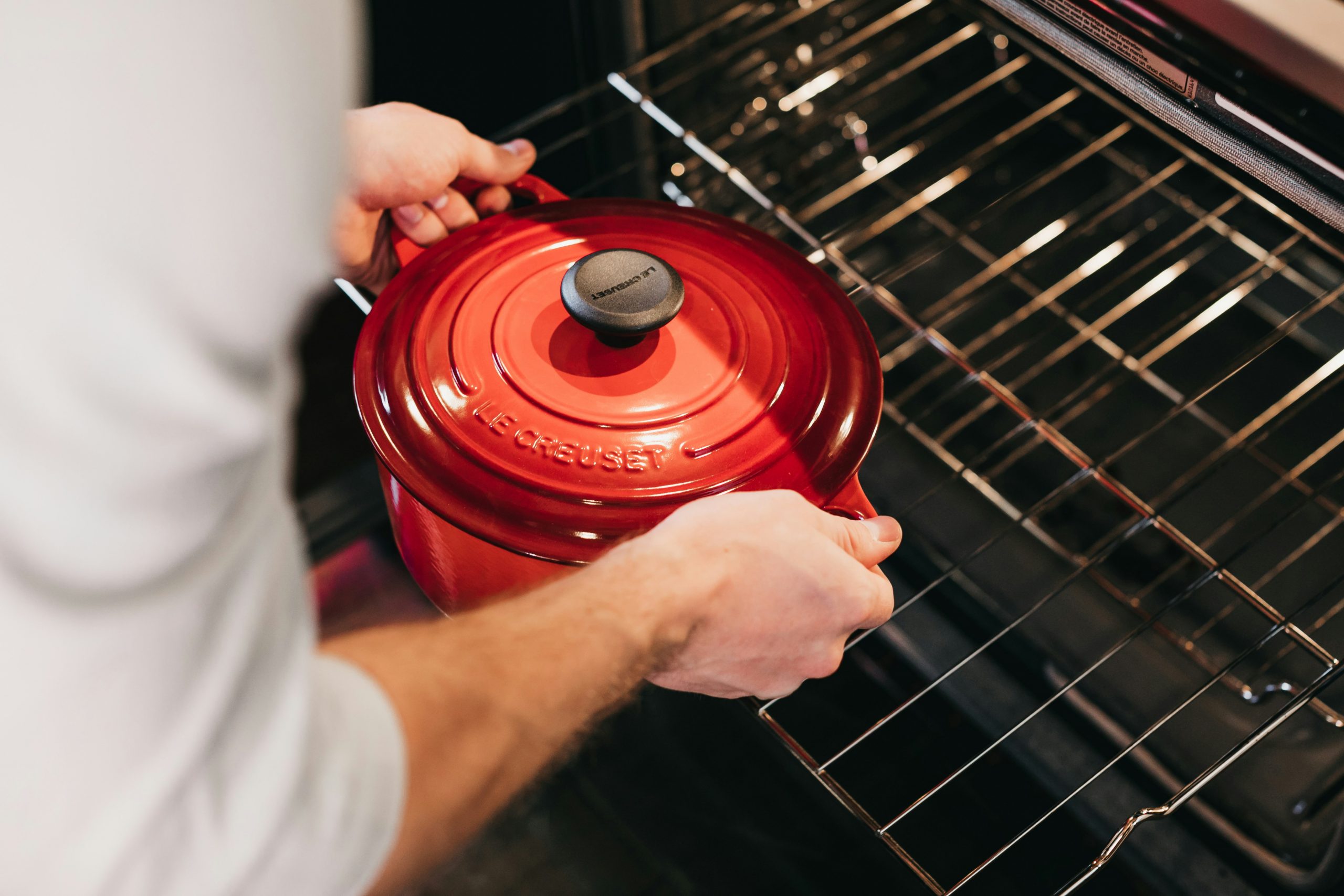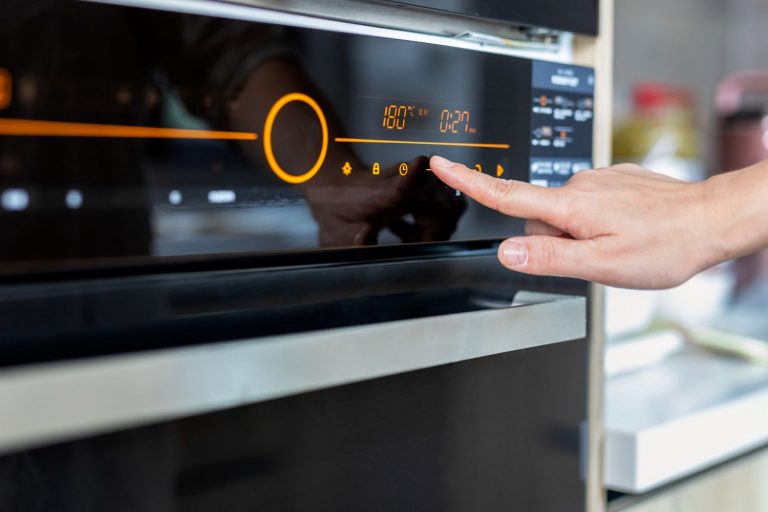We’ve all been there: ready to bake cookies, a cake, or try out a new recipe, only to be told, “Preheat your oven.” It feels like it adds unnecessary time to your cooking. Or perhaps you’re in a rush, or have an old oven without a digital thermometer, leaving you unsure when the oven reaches the desired temperature. So, do you really need to preheat your oven every time?
Why preheat the oven?
Preheating your oven means setting it to a desired temperature and waiting until it reaches that temperature before placing your food inside. This step ensures that your food cooks evenly and correctly. For many recipes, especially baked goods like cakes and breads, preheating is essential. The immediate heat causes reactions in leavening agents like baking powder and baking soda, helping your baked goods rise and achieve the right texture.
Food safety and preheating
For meat and poultry, preheating is crucial for food safety. It ensures that the food reaches a safe internal temperature quickly, reducing the time it spends in the “danger zone” where bacteria can grow. This step helps prevent foodborne illnesses, making it an important part of cooking meat and poultry.

When you don’t need to preheat
However, preheating isn’t necessary for all types of cooking. If you’re reheating leftovers or cooking dishes that don’t rely on rising or specific textures, you can often skip this step. For example, casseroles, lasagna, and braises can start in a cold oven without any issues. These dishes generally cook for a longer time and have enough moisture to cook evenly without the initial blast of heat.
Ideal preheat time
If you do need to preheat, a good rule of thumb is to preheat your oven for about 20 minutes. This time is usually sufficient for most baking and cooking needs.
For higher temperatures or larger ovens, you might need a bit longer. For specific baking tasks like cooking pizza on a stone or baking bread in a Dutch oven, you may need to preheat for up to 45 minutes to ensure the baking vessel itself is thoroughly heated.

When skipping preheat can be beneficial
There are times when starting with a cold oven can be beneficial. For example, toasting nuts in a cold oven allows their natural fats to gradually warm up and come to the surface, resulting in a more even roast.
Similarly, some slow-cooked dishes or those with long cooking times can also benefit from a cold start.
Whether or not to preheat your oven depends on what you’re cooking. Understanding when preheating is necessary can help you save time and ensure your dishes turn out perfectly.
ALSO SEE: HOW TO CLEAN AN OVEN EXTRACTOR FAN
Feature image: Pexels

